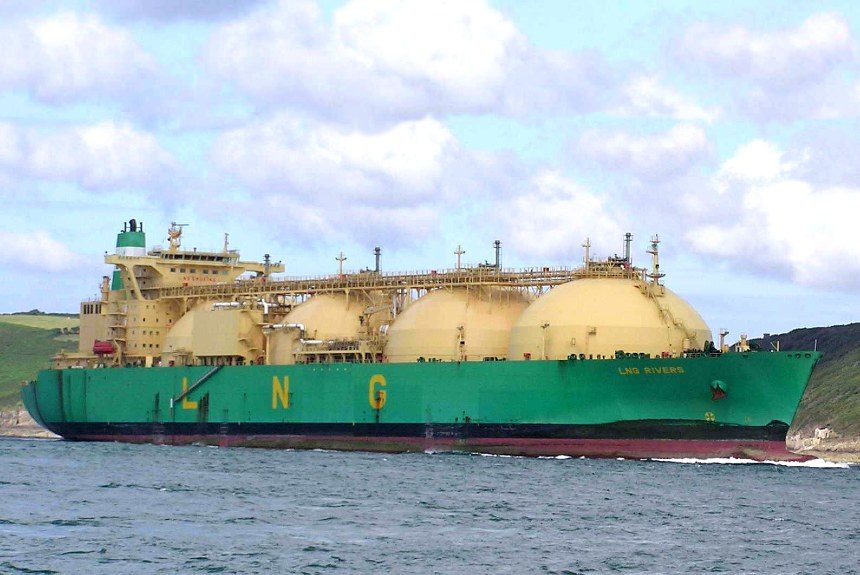The seemingly impassable and treacherous arctic route that explorers for centuries attempt to navigate successfully is becoming a dynamic Liquefied Natural Gas (LNG) trading and shipping passage in the Northern Sea.
The Economist article reports that the discovery and extraction of vast LNG reserves in the Yamal peninsula in Siberia have led to the revival of bulk transport in the high north waters.
The warming of Arctic waters and Russia’s ice-resistant and hard-wearing tankers has allowed navigation through thick floes and boosted the gas’s shipment all year round.
According to the article, the Russian shipping company, Novatek is responsible for distributing LNG from its Yamal reserves to its shipment hubs in the West to supply to European ports and the north Asian ports in the East.
The shipping company is banking on the sustained and even growing demands for LNG in European and Asian markets, and even if this fails, there are always domestic consumers.
Their LNG reserves in the Yamal peninsula will allow them to supply at least 70 million LNG tonnes per year, or almost equal to Qatar, the world’s largest exporter.
Their government’s support of Novatek through generous tax breaks has accelerated their LNG capabilities and ended their reliance on Japan to extract and compress gas at extreme Arctic conditions.
Novatek’s three ships use the same fuel as the one they carried in their tankers, which in case of maritime accidents will not cause substantial environmental damage compared to their diesel-fuelled counterparts. In case LNG-fuelled ships get crushed by ice; the gas will evaporate, the article says
How will sustained exploration and expanding LNG export affect the Climate?
A report by Christina Swanson and Amanda Levin from the Natural Resources Defense Council (NRDC) explains why LNG exportation is a climate threat. The report examines the climate impact and GHG emissions of LNG’s exploration, transport, processing, and export in the United States.
According to the authors, LNG touted as the climate-friendly replacement of dirtier fossil fuels to help address climate change is far from it. The gas is neither clean nor low in emission.
The report says, “In addition, the massive investments in new infrastructure to support this industry, including pipelines, liquefaction facilities, export terminals, and tankers, lock in fossil fuel dependence, making the transition to actual low-carbon and no-carbon energy even more difficult. Our analysis shows that using LNG to replace other dirtier fossil fuels is not an effective strategy to reduce climate-warming emissions. In fact, if the LNG export industry expands as projected, it is likely to make it nearly impossible to keep global temperatures from increasing above the 1.5 degrees Celsius threshold for catastrophic climate impacts.”
Expansion of LNG use will result in massive social costs, up to billions of dollars which will considerably increase year after year, from climate-driven human harm and environmental damage, with the public paying the price, the report adds.
Click the link to read the entire report:
Sources:
Polar Silk Road: Warmer Arctic waters could turn the tides in LNG markets. (2021 March 13). The Economist. Retrieved from https://www.economist.com/finance-and-economics/2021/03/11/warmer-arctic-waters-could-turn-the-tides-in-lng-markets
Swanson, C. & Levin, A. (2020 December). Sailing to Nowhere: Liquefied Natural Gas is not an Effective Climate Strategy. NRDC. Retrieved from https://www.nrdc.org/sites/default/files/sailing-nowhere-liquefied-natural-gas-report.pdf
PHOTO CREDIT: LNG Rivers by Pline – Own work, CC BY-SA 3.0, https://commons.wikimedia.org/w/index.php?curid=900431



Leave a Reply